Demonstrative Adjectives Worksheets
If you are looking for worksheets to help your students understand and practice using demonstrative adjectives, then search no further. These worksheets are designed to provide clear examples and exercises that will enhance your students' understanding of this grammatical concept.
Table of Images 👆
More Other Worksheets
Kindergarten Worksheet My RoomSpanish Verb Worksheets
Cooking Vocabulary Worksheet
DNA Code Worksheet
Meiosis Worksheet Answer Key
Art Handouts and Worksheets
7 Elements of Art Worksheets
All Amendment Worksheet
Symmetry Art Worksheets
Daily Meal Planning Worksheet
What is a demonstrative adjective?
A demonstrative adjective is a type of adjective that points out or demonstrates a specific noun. It helps identify whether the noun is near or far in location, and includes words such as "this," "that," "these," and "those." For example, in the phrase "this car is fast," "this" is the demonstrative adjective as it is pointing out a specific car.
What is the purpose of using demonstrative adjectives in a sentence?
The purpose of using demonstrative adjectives in a sentence is to specify or point out a particular noun or nouns by indicating their relative position in space or time. These adjectives help to clarify which specific person, place, or thing is being talked about, adding specificity and clarity to the communication.
How many types of demonstrative adjectives are there?
There are four types of demonstrative adjectives: this, that, these, and those.
Can you provide examples of demonstrative adjectives?
Sure! Demonstrative adjectives include words such as this, that, these, and those. For example, "this" book, "that" car, "these" shoes, and "those" flowers are all demonstrative adjectives used to point out or specify a particular noun.
What are the differences between "this" and "that" as demonstrative adjectives?
The main difference between "this" and "that" as demonstrative adjectives lies in their proximity to the speaker and listener. "This" is used to refer to things that are close in space or time to the speaker or the context being discussed, while "that" is used to refer to things that are farther away in space or time. Additionally, "this" is more immediate and specific, whereas "that" is more distant and general.
How do demonstrative adjectives help in specifying the location of an object?
Demonstrative adjectives help in specifying the location of an object by indicating whether the object is near to the speaker (this, these) or far from the speaker (that, those). By using these specific adjectives, speakers can provide clear and precise information about the spatial relationship of an object in relation to themselves or others, aiding in effective communication and comprehension.
How do demonstrative adjectives indicate the proximity of an object?
Demonstrative adjectives indicate the proximity of an object by distinguishing between objects that are near to the speaker (this, these) and objects that are away from the speaker (that, those). The choice of demonstrative adjective helps to clarify the location of the object in relation to the speaker, providing crucial spatial context in communication.
Can demonstrative adjectives be used to emphasize a particular object?
Yes, demonstrative adjectives can be used to emphasize a particular object by indicating its proximity or distance from the speaker or listener. For example, saying "this book is interesting" vs. "that book is interesting" can convey different degrees of emphasis on the book being referred to. Using demonstrative adjectives like "this," "that," "these," and "those" helps to draw attention to a specific object and make it stand out in the conversation.
What happens when the noun being modified by a demonstrative adjective is plural?
When the noun being modified by a demonstrative adjective is plural, the demonstrative adjective must also be in its plural form to agree in number with the noun it is describing. For example, "these" is used for plural nouns that are close by, while "those" is used for plural nouns that are farther away. This ensures that the demonstrative adjective matches the number and distance of the plural noun it is referring to in order to provide clarity in communication.
Can demonstrative adjectives be used to talk about concepts or abstract ideas?
No, demonstrative adjectives are meant to refer to specific objects or people in the immediate context, so they are not typically used to talk about concepts or abstract ideas. Instead, abstract ideas are usually discussed using other types of descriptive language or adjectives that convey the qualities or characteristics of the concept.
Have something to share?
Who is Worksheeto?
At Worksheeto, we are committed to delivering an extensive and varied portfolio of superior quality worksheets, designed to address the educational demands of students, educators, and parents.

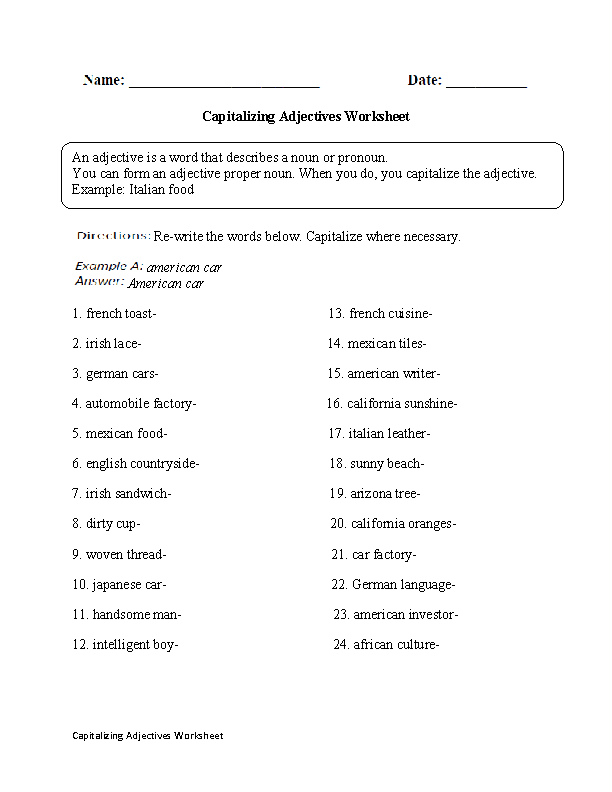



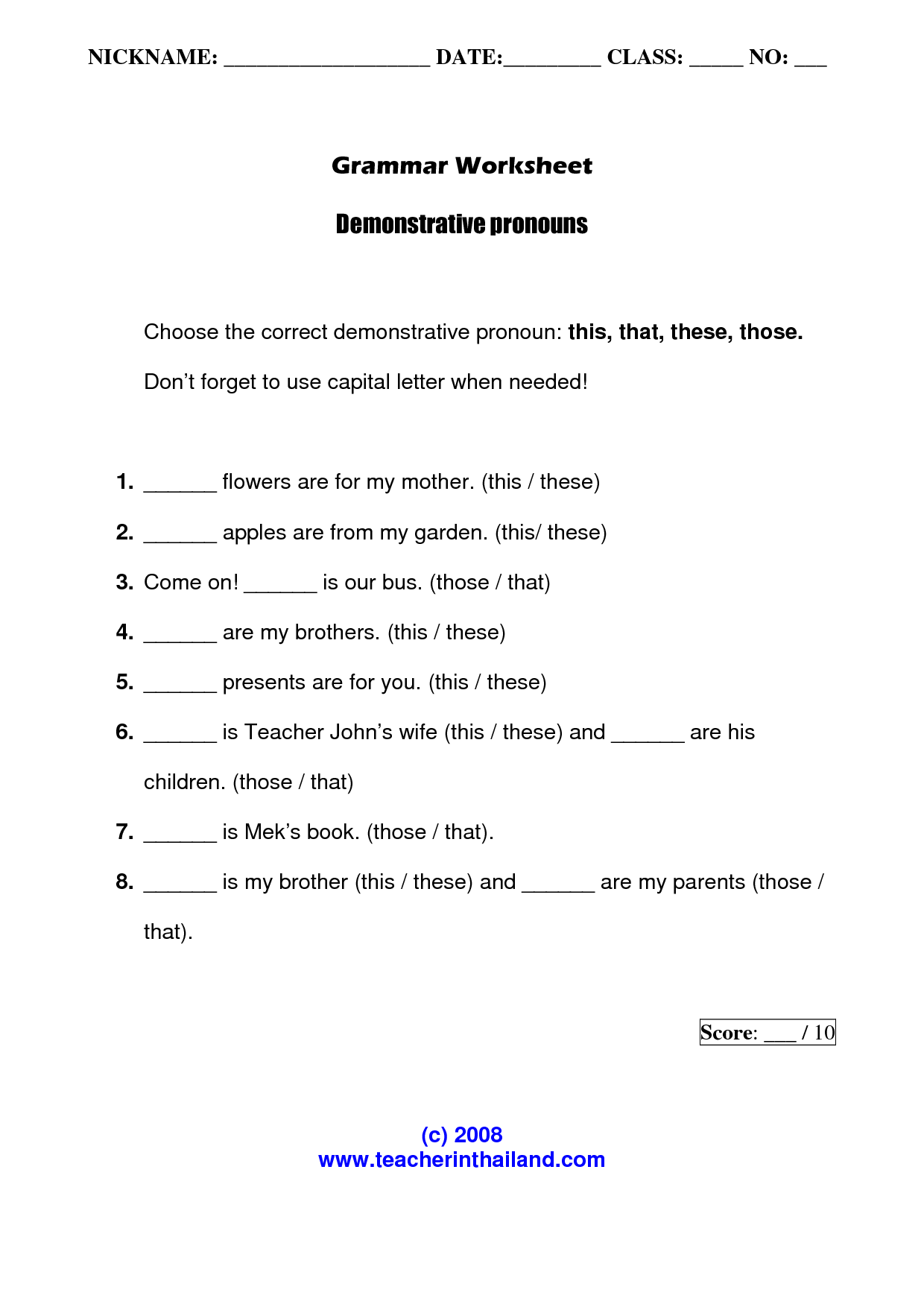
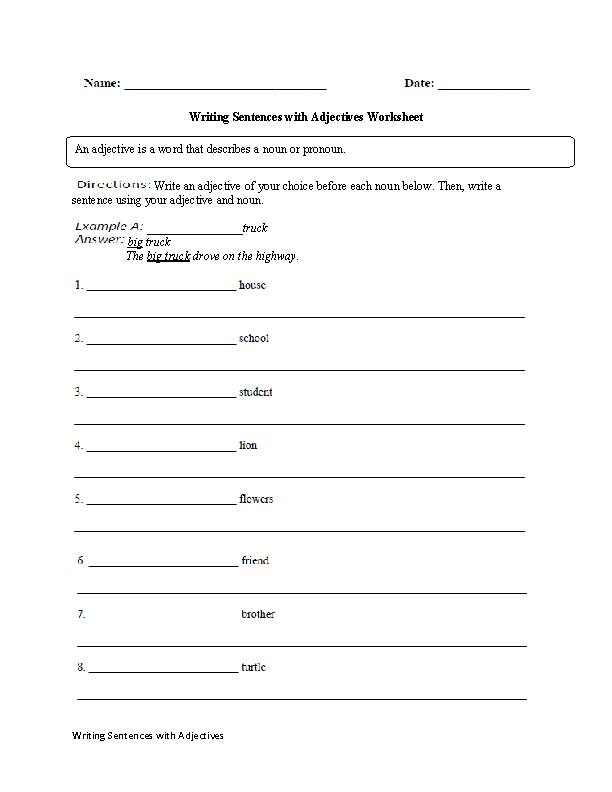
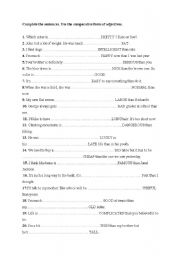
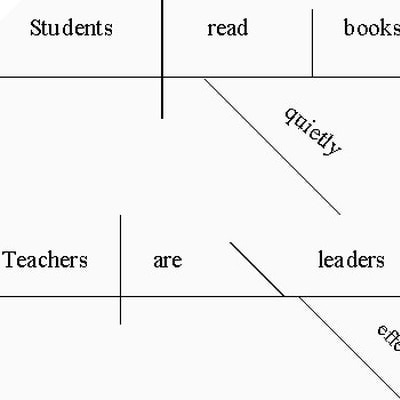
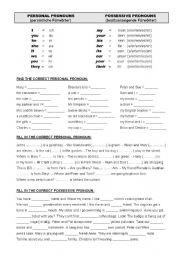
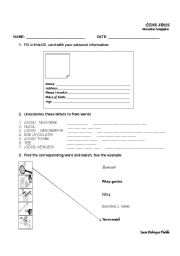
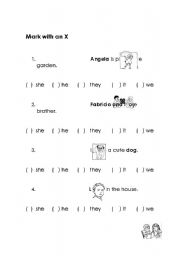
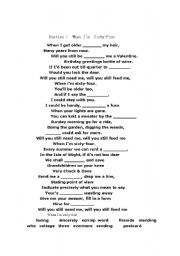
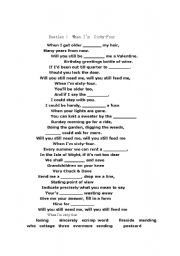














Comments